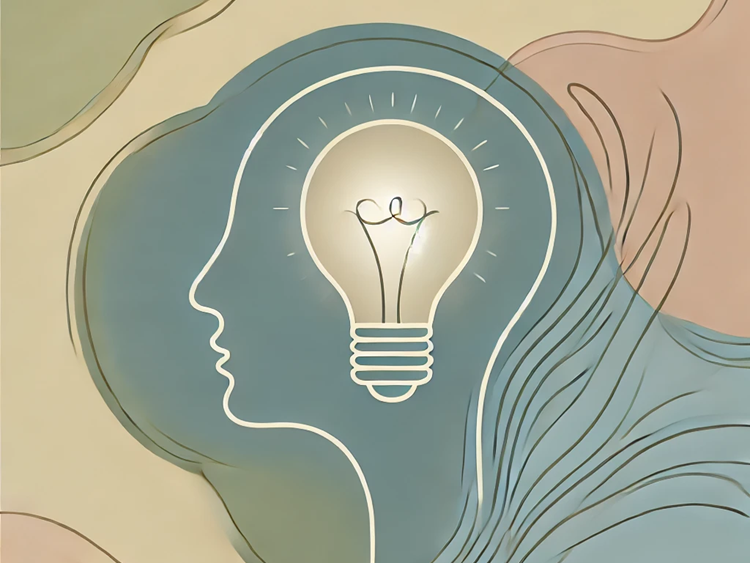Autism Spectrum Disorder (ASD)

Overview
Autism Spectrum Disorder (ASD) is a complex neurodevelopmental condition characterized by a range of challenges in social interaction, communication, and repetitive behaviors. It is considered a spectrum disorder because the symptoms and severity vary widely among individuals. ASD affects how individuals perceive the world, interact with others, and engage in activities.
Symptoms
Symptoms of ASD can manifest in early childhood, often becoming noticeable around the age of two or three. Common symptoms include difficulties in social interaction, challenges in verbal and nonverbal communication, and repetitive behaviors. Individuals with ASD may have intense interests in specific topics, exhibit repetitive movements or speech patterns, and display sensitivity to sensory stimuli. Some may also experience intellectual challenges, while others may have exceptional abilities in specific areas.
Causes
The exact causes of ASD are not fully understood, but it is believed to result from a combination of genetic and environmental factors. There is evidence to suggest a strong genetic component, as ASD tends to run in families. Certain genetic mutations and variations may increase the risk of developing ASD. Additionally, environmental factors, such as prenatal complications, advanced parental age, and exposure to certain substances during pregnancy, may contribute to the development of ASD. However, the interplay of these factors is complex and varies from person to person.
Types
ASD is often referred to as a spectrum because it encompasses a wide range of symptoms and functioning levels. Within this spectrum, there is significant variability, and individuals may be diagnosed with different types based on the severity and nature of their symptoms. Some common types include autistic disorder, Asperger's syndrome, and pervasive developmental disorder-not otherwise specified (PDD-NOS). These distinctions are becoming less emphasized as the diagnostic criteria have been updated in recent years, and ASD is now seen as a single spectrum disorder.
Diagnosis
Diagnosing ASD involves a comprehensive assessment by healthcare professionals, including psychologists, pediatricians, and developmental specialists. The evaluation typically includes observing the individual's behavior, communication skills, and social interactions. Standardized screening tools and interviews with parents or caregivers are often used to gather information. Early diagnosis is crucial for implementing interventions that can help manage symptoms and improve outcomes. The diagnostic criteria and methods may vary, but they generally follow established guidelines, such as those outlined in the Diagnostic and Statistical Manual of Mental Disorders (DSM-5).
Treatment & Management
While there is no cure for ASD, various interventions and therapies can help individuals manage symptoms and improve their quality of life. Early intervention, such as behavioral and speech therapy, is often recommended to address social and communication challenges. Applied Behavior Analysis (ABA) is a widely used therapeutic approach that focuses on reinforcing positive behaviors and reducing problem behaviors. Educational support, including specialized schooling and individualized education plans (IEPs), can also play a crucial role. Medications may be prescribed to manage specific symptoms, such as anxiety or hyperactivity, but their effectiveness varies among individuals. The goal of treatment is to enhance the individual's strengths, improve adaptive skills, and promote independence in daily living.


